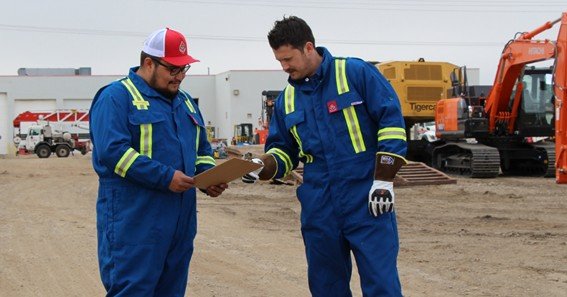In high-risk industrial settings, FR work coveralls (flame-resistant work coveralls) are a critical piece of personal protective equipment (PPE). Designed to shield wearers from fire and thermal hazards, these specialized garments can mean the difference between a minor incident and a severe injury. In this blog, we’ll explore the key benefits of FR coveralls, relevant safety standards, care tips, and commonly asked questions.
Why FR Work Coveralls Matter
FR (Flame-Resistant or Flame-Retardant) work coveralls are engineered to self-extinguish upon contact with flames, limiting burn injuries and giving workers precious time to react in emergencies. Whether you’re in the oil and gas sector, electrical utilities, welding, or any environment where fire or arc flash hazards exist, FR clothing is essential for compliance, safety, and peace of mind.
Key Benefits
-
Regulatory Compliance
Many industries require workers to wear flame-resistant garments by regulations like OSHA (Occupational Safety and Health Administration) standards and NFPA (National Fire Protection Association) guidelines. -
Durability
FR fabrics are designed to withstand harsh conditions without compromising their protective qualities, often remaining effective through dozens of washes. -
Heat and Arc Flash Protection
Properly rated FR coveralls can protect against arc flash incidents and radiant heat, making them vital for electrical, welding, and chemical process environments. -
Comfort & Mobility
Modern FR coveralls incorporate breathable fabrics and ergonomic designs, ensuring workers remain comfortable throughout long shifts.
Choosing the Right FR Work Coveralls
Selecting the right FR work coveralls involves balancing the correct level of protection with everyday practicality. Look for coveralls that meet or exceed industry standards like NFPA 2112 (for flame-resistant garments) and NFPA 70E (for electrical safety in the workplace). Ensure a comfortable fit, good range of motion, and consider features such as:
-
Visibility Strips (for low-light conditions)
-
Multiple Pockets (to keep tools within easy reach)
-
Double-Stitched Seams (for added durability)
-
Breathable Fabrics (to reduce heat stress)
Care and Maintenance Tips
-
Follow Manufacturer Instructions: Each garment comes with specific washing and drying guidelines.
-
Avoid Fabric Softeners and Bleach: These can degrade FR properties over time.
-
Regular Inspections: Look for rips, tears, or thin areas that may compromise protection.
-
Proper Storage: Store coveralls in a clean, dry environment to maintain their flame-resistant qualities.
FAQ
-
Q: How often should I replace my FR work coveralls?
A: The lifespan depends on the garment’s quality, frequency of use, and proper care. Generally, replace them if you notice wear, fabric thinning, or after significant incidents where the coveralls have been exposed to direct flames. -
Q: Do all FR garments provide the same level of protection?
A: No. FR coveralls are rated based on their ability to protect against specific hazards. Look for NFPA 2112 or NFPA 70E labels that detail the garment’s ARC rating or ATPV (Arc Thermal Performance Value). -
Q: Can I layer regular clothing under my FR coveralls?
A: Yes, but opt for natural fibers (like cotton) when layering because synthetic materials can melt or ignite in extreme heat. Always check your company’s guidelines or industry standards. -
Q: Are FR coveralls also chemical resistant?
A: Not necessarily. Flame resistance and chemical resistance are two different properties. Always confirm the garment’s specifications if you need chemical protection. -
Q: Do I need to professionally launder FR coveralls?
A: Some organizations use professional laundering services to extend garment life, but home laundering is often acceptable if you follow the manufacturer’s washing instructions meticulously.










